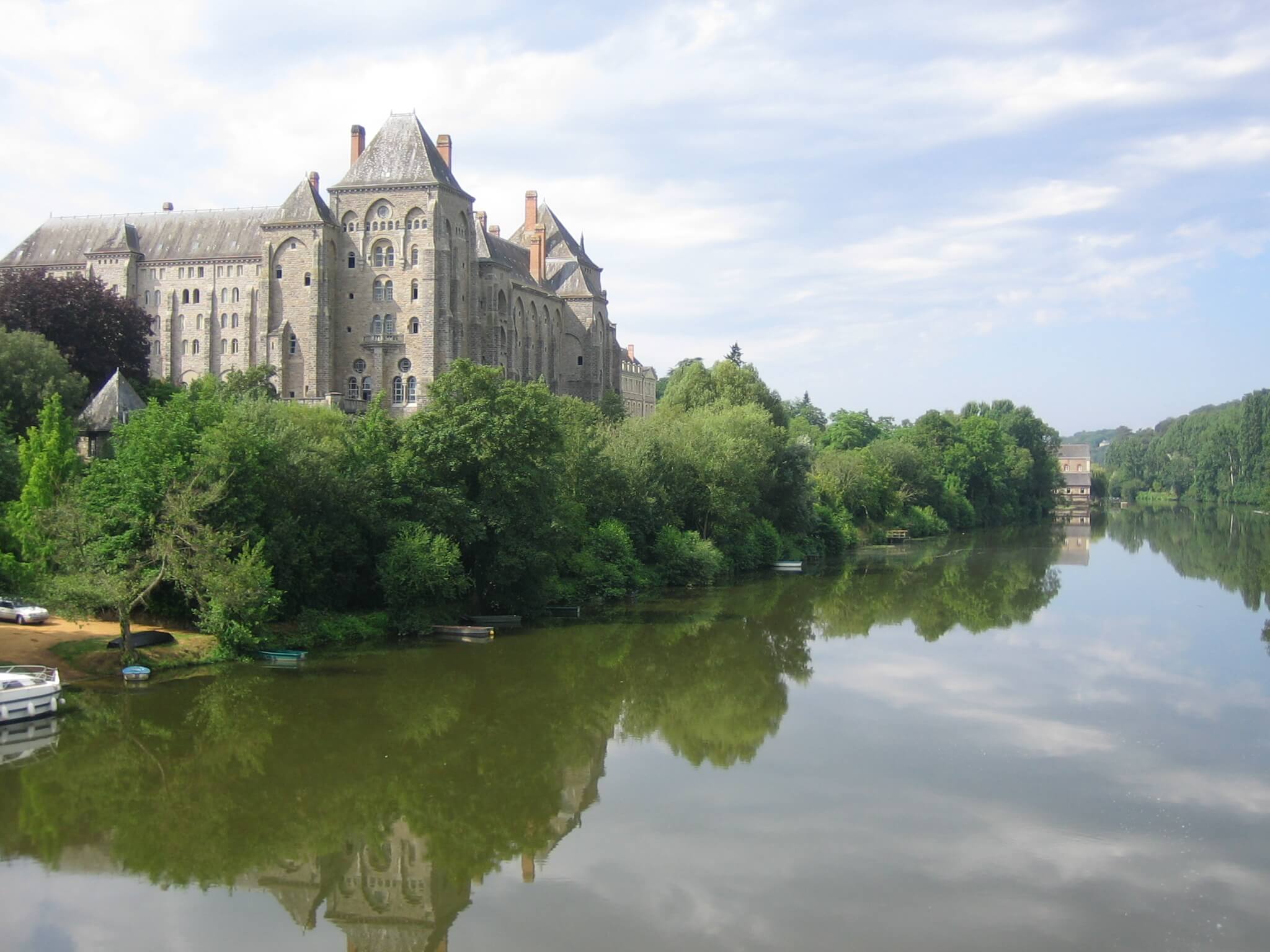Above: Solesmes Abbey.
In its history, the liturgy of the Catholic Church, like all things, has known moments of great development and moments of decline. It is not surprising that in the nineteenth century this decadence was deeply felt, if one thinks of what had weighed on the Church in that century and in the previous one. We think especially of Jansenism, which also had a profound impact on the liturgy and which was solemnly condemned in 1794 by Pius VI with the Bull Auctorem fidei. But we also think of the Enlightenment, the French Revolution, the rise of secret societies, Liberal Catholicism, Gallicanism. The Church and her liturgy were certainly not in the best condition to prosper.
If we look specifically at France, it was in a completely peculiar situation, as many of the upheavals that we have listed above affected it directly and also greatly influenced the liturgy, distancing it from the Roman rite. Gallicanism, for example, called for the independence of the French Church from the See of Rome. Rome obviously could not accept this, not so much for reasons of pride, but because the Church itself, by the will of her Founder, is rooted on the rock which is Peter, and therefore Ubi Petrus, ibi Ecclesia. Of course, this does not mean that the Pope by duty can dispose of tradition and doctrine as he pleases, on the contrary he is called to preserve and interpret them, certainly not to distort them.
The situation in France was therefore very painful and perhaps only someone who could act from within could do something to change it.
On this day, July 11, in 1833, monastic life was once again canonically established in an abbey located in the Loire area, in the Sarthe department. It is known by the name of the small village in which it is located: Solesmes.
All this is owed to someone who was actually born there in 1805: Prosper Louis Pascal Guéranger, one of the most important personalities in the nineteenth century Church. He understood that it was necessary to refocus on the rite of the Church of Rome and to flee from the temptations to independence that were shaking the Church of France. The liturgy was therefore at the center of Dom Guéranger’s Catholic restoration and a fundamental element of this was the return of Gregorian chant to its most authentic version. Since then and until today the monks of Solesmes have been the point of reference for all Gregorian chant scholars. We think of names of monks such as Joseph Pothier, André Mocquerau, Jean Claire, Eugène Cardine, names that all scholars of liturgical chant know for their contribution to the knowledge of Gregorian chant.
Dom Gueranger’s work was considered the origin of the Liturgical Movement, that is, all those actions aimed at re-proposing to the faithful the beauty and nobility of the Roman rite and deepening its historical, theological and spiritual roots. In the Institutions Liturgiques, Dom Guéranger says that the liturgy is that set of symbols, chants and actions through which the Church expresses its religious worship of God. The liturgy is naturally, according to Guéranger, the highest and most holy expression of the thought of the Church.
Certainly Dom Guéranger was well aware of the enormous difficulties that his restoration work would entail. It was a rediscovery of the liturgy, as worship of God and a means of sanctification for the faithful, his action did not put man at the center, but God. From dogma we have theology that translated into pastoral care. These were the great ideals of the original Liturgical Movement.


